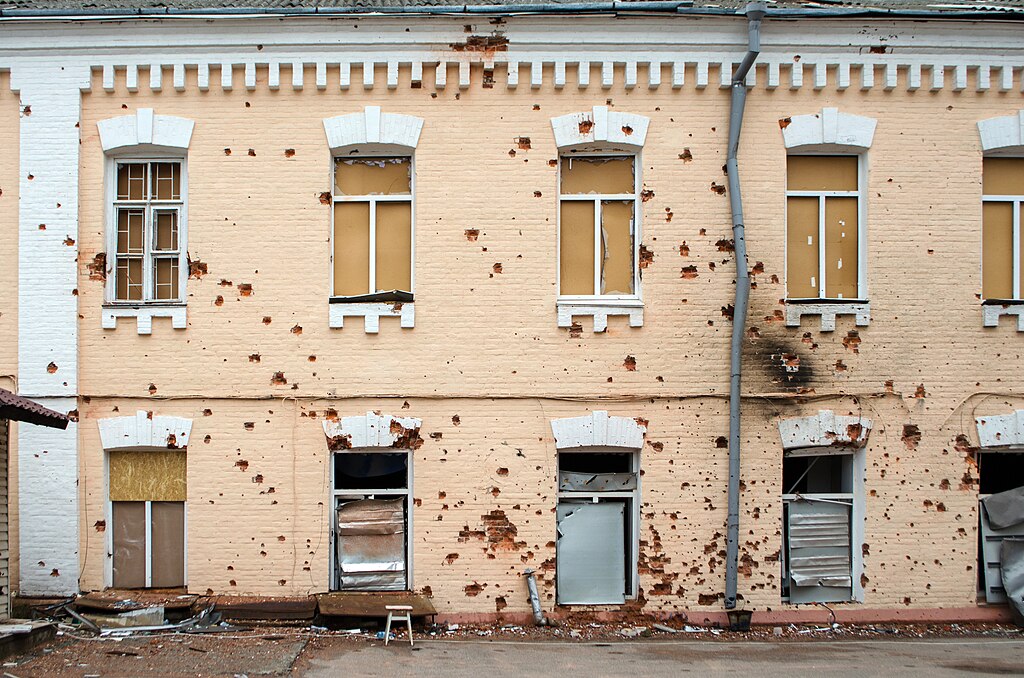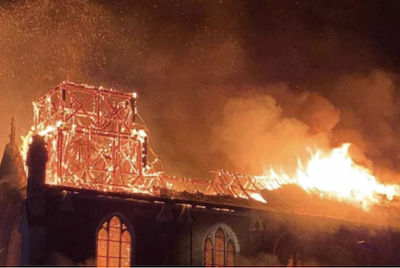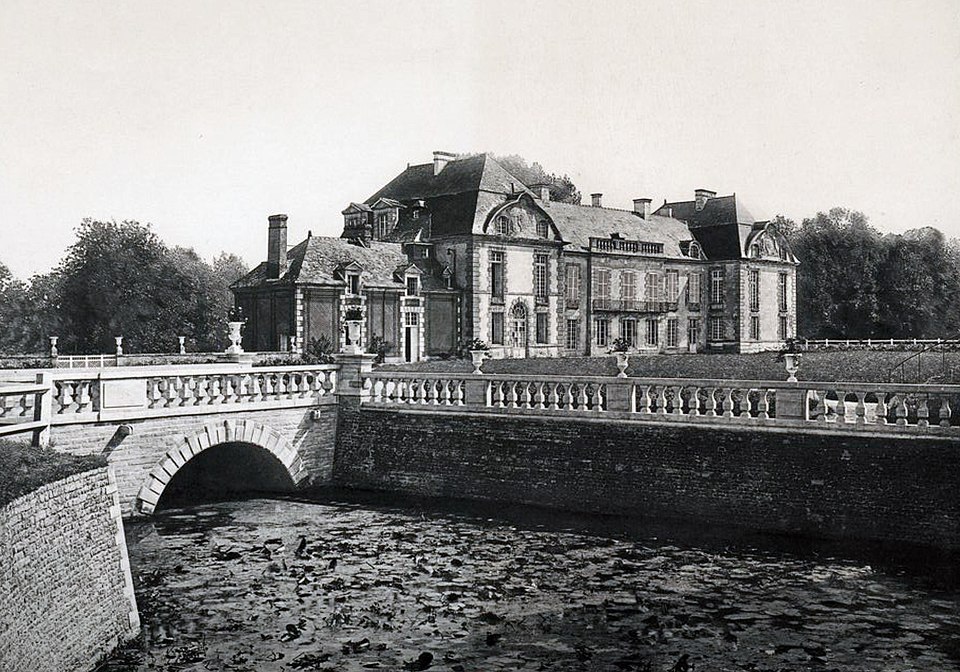Protection of Cultural Heritage in Times of War: Legal Assumptions
Situations of damage to heritage, in particular the destruction of monuments and emblematic sites, including those devastated by fires in war contexts, have highlighted the urgent need to equip the international community with political and legal tools to combat the various forms of cultural crime.
In recent years, the body of instruments aimed at preventing and combating this crime has expanded significantly, addressing not only the various forms of destruction, such as those caused by systematic or targeted burning, but also the illicit trafficking of goods from countries in a situation of instability, a traffic that substantially fuels certain markets.

A debate between Manlio Frigo, Maria Teresa Grassi, Alba Irollo and Brent Patterson, conducted by Marie Cornu, allows us to better understand the evolution of the current regulatory framework and its limitations.
Evolution of the International Regulatory Framework
Historically, the destruction of historic o cultural heritage buildings and artefacts with a strong symbolic value for the “enemy” has had deep roots. However, the evolution of international norms applicable to armed conflicts has progressively delegitimised such behaviours. A fundamental step was the 1954 Hague Convention on the Protection of Cultural Property in the Event of Armed Conflict.
Recently, there has been growing attention by the United Nations (UN), in particular the Security Council, towards intentional destruction and illicit trafficking of cultural property. This is because such unlawful conduct, previously not considered a threat, is now seen as a danger to international peace and security. Bodies such as UNESCO and the UN have become important centres of norm-making in this area.
UN Security Council resolutions have played a crucial role. Resolution 2347 (2017), for example, adopted on 24 March 2017, declares in general terms that, under certain circumstances, the intentional destruction of cultural sites and property constitutes a war crime. This resolution was a “turning point”, although its scope and the limits of its application are still being assessed. Previous resolutions, such as 1483 (2003) and 2199 (2015) relating to the situations in Iraq and Syria, had already condemned intentional destruction and called on Member States to take measures to prevent its consequences, also considering illicit trafficking as a new source of financing for international terrorism. When adopted under Chapter VII of the UN Charter, Security Council resolutions have a binding effect on Member States.
At European level, the Council of Europe has adopted the Nicosia Convention, open to signature by all countries, aimed at combating infringements against cultural property, especially unlawful destruction or deterioration. The European Union (EU) itself has stepped up its commitment in this area, strengthening legal and operational tools, investing in cultural diplomacy and heritage support systems. The EU has implemented UN Security Council resolutions, in particular to prevent the circulation of cultural property from territories affected by intentional destruction, such as Iraq and Syria. A regulation on the import of cultural goods into the EU is in force to combat illicit trafficking.
The Criminalization of Destruction of Cultural Property
A key aspect of current legal frameworks is the qualification of the intentional destruction of cultural property as an international crime. This occurs through the international responsibility of States that violate their obligations, but above all through the individual responsibility of individuals who commit such serious attacks on heritage.
The International Criminal Court (ICC) in The Hague has recently qualified the intentional destruction of buildings dedicated to worship, education, art, science or humanitarian purposes, and historical monuments (provided they are not used for military purposes) as a war crime.
The judgment of 27 December 2016 against Ahmad Al Mahdi, for the destruction of tombs and other sites in Timbuktu in 2012, was historic, not only for the authority of the Court but because it is the first case of conviction of an individual linked to Islamic extremism for war crimes related to cultural destruction. Although the jurisdiction of the ICC is limited to signatory States or nationals of such States, this judgment is a clear signal that the intentional destruction of cultural property is an international crime that carries severe individual sanctions.
Important precedents date back to ad hoc tribunals, such as the International Criminal Tribunal for the former Yugoslavia (ICTY). Since the mid-1990s, the ICTY has sanctioned violations of the obligation to respect the integrity of cultural property. Subsequently, it has established that the destruction of buildings and the confiscation of historical-religious assets constitute attacks on the identity of a people and acts of persecution, which can be assimilated to crimes against humanity. The Eritrean-Ethiopian Claims Commission has also established the international responsibility of a State for the destruction of cultural property.
These developments indicate a clear movement towards the recognition that the intentional destruction of cultural heritage is not only material damage, but an attack on universal values and collective identity. The International Criminal Court tends to view attacks on cultural property as often precursors to physical attacks against populations or signs of other human rights violations.
The Notion of Cultural Heritage of Humanity and Cultural Rights
The notion of “cultural heritage of humanity” (or world heritage) has been introduced in important conventions, such as the UNESCO Convention of 1972. Although it has a strong emotional and symbolic significance, this notion does not correspond to the legal regime of the “common heritage of humanity” applied to spaces or assets over which no State exercises sovereignty (such as the seabed or celestial bodies). Cultural heritage always remains subject to the sovereign rights of States.
The definition of heritage has expanded over time, including not only exceptional sites and monuments (material heritage), but also intangible cultural heritage (uses, expressions, knowledge, know-how, etc.) and cultural diversity. This broadened vision implies that attention should not only focus on the destruction of “excellences” but also on the defense of “different cultures”, which are threatened even in times of peace.
The potential link between the protection of cultural heritage and human rights is also discussed. Although historically separate in international law, the destruction of cultural property is increasingly seen in relation to individual rights, such as equality, non-discrimination, freedom of thought and religion, and procedural rights. However, the binding force of “cultural rights” per se remains weak. An amendment to the European Parliament Resolution on Human Rights (2015) stated that the intentional destruction of cultural heritage should be prosecuted as a war crime and a crime against humanity in the context of the universality of human rights.
Challenges and Limitations in the Application of Law
Despite the evolution of the legal framework, the practical application and effectiveness of international sanctions have limitations. International sanctions have limited effects in war contexts. Since intentional destruction is rarely carried out by a State, sanctions aimed at States for classical normative violations are often ineffective. Individual liability, pursued by international jurisdictions, proves potentially more effective in such cases.
There are also debates about the very nature of sanctions and their effectiveness, with the possibility that they may be perceived as violent or counterproductive, especially if they ignore local beliefs or attack sovereignty. The effectiveness of measures, including UN resolutions, often depends on their subsequent amplification and coordination between different actors. International cooperation and the circulation of information remain complex challenges.
Finally, the very notion of heritage and its protection are influenced by historical and ideological dynamics, including colonial legacies and cultural hierarchies that privilege certain types of heritage (e.g. monumental architecture) over others (e.g. ordinary or vernacular architecture). ‘Abandoned’ or ‘invisible’ heritages are likely to be far more numerous than those that receive attention. Establishing rigid classifications or definitions of what constitutes cultural heritage can be problematic and impose theoretical notions on entire communities. Heritage protection, selective by nature, risks creating dangers for what is not included or recognized.
In summary, while international law has made significant strides in recognizing and sanctioning the intentional destruction of cultural heritage as an international crime, notably through the jurisdiction of the ICC and UN Security Council resolutions, challenges related to enforcement, the effectiveness of sanctions and the inclusiveness of the very notion of cultural heritage remain a matter of ongoing debate and effort.





